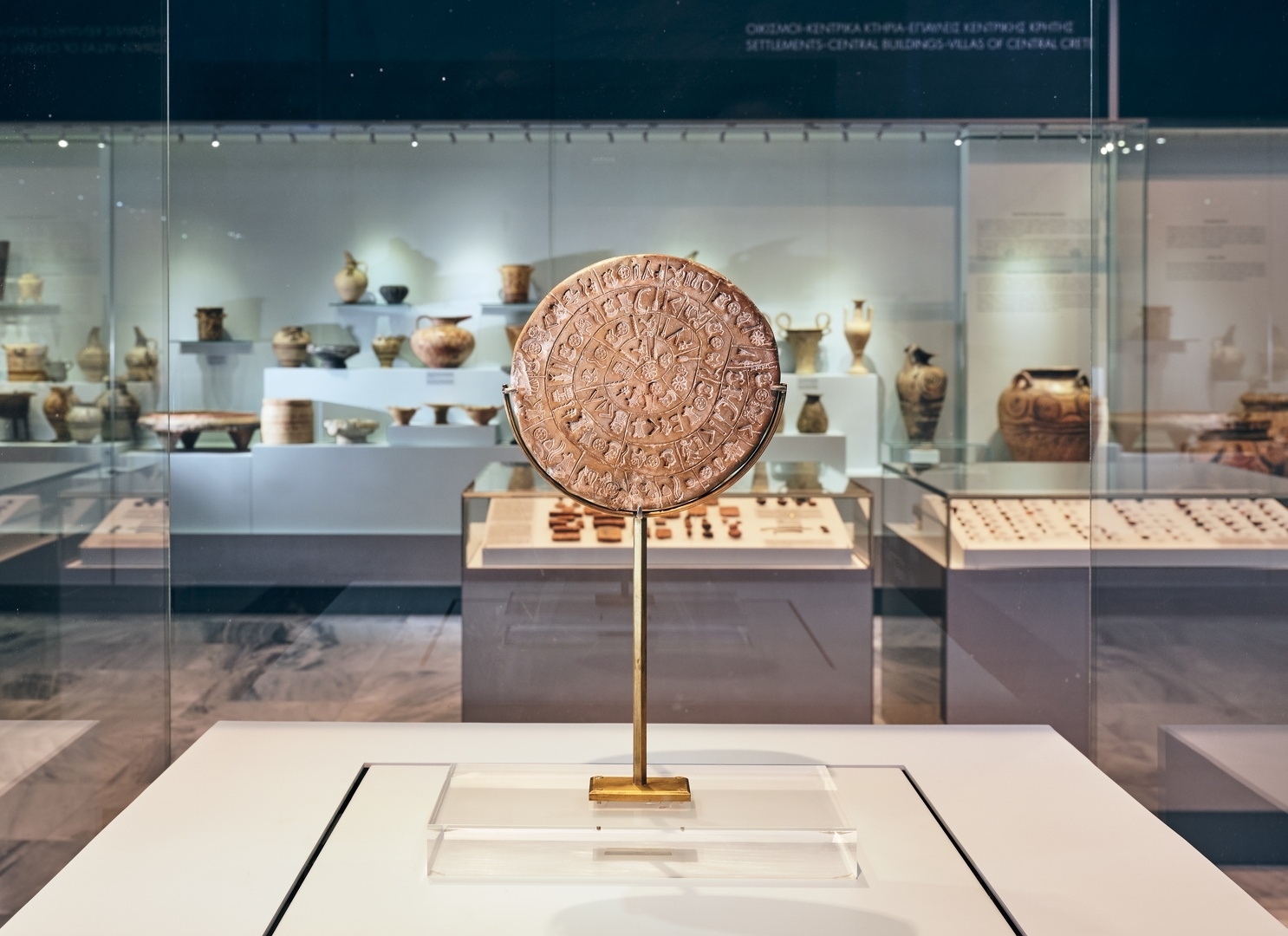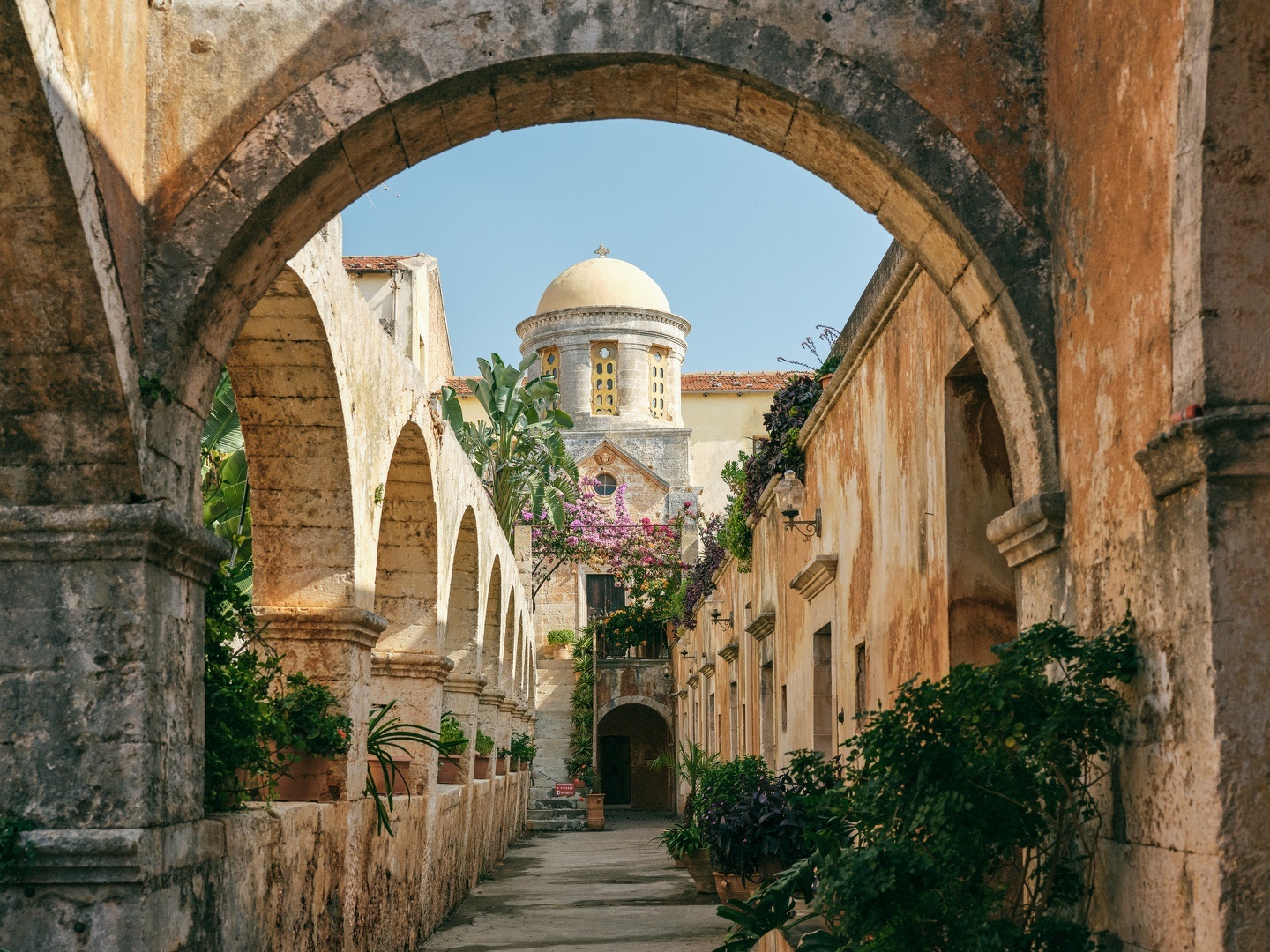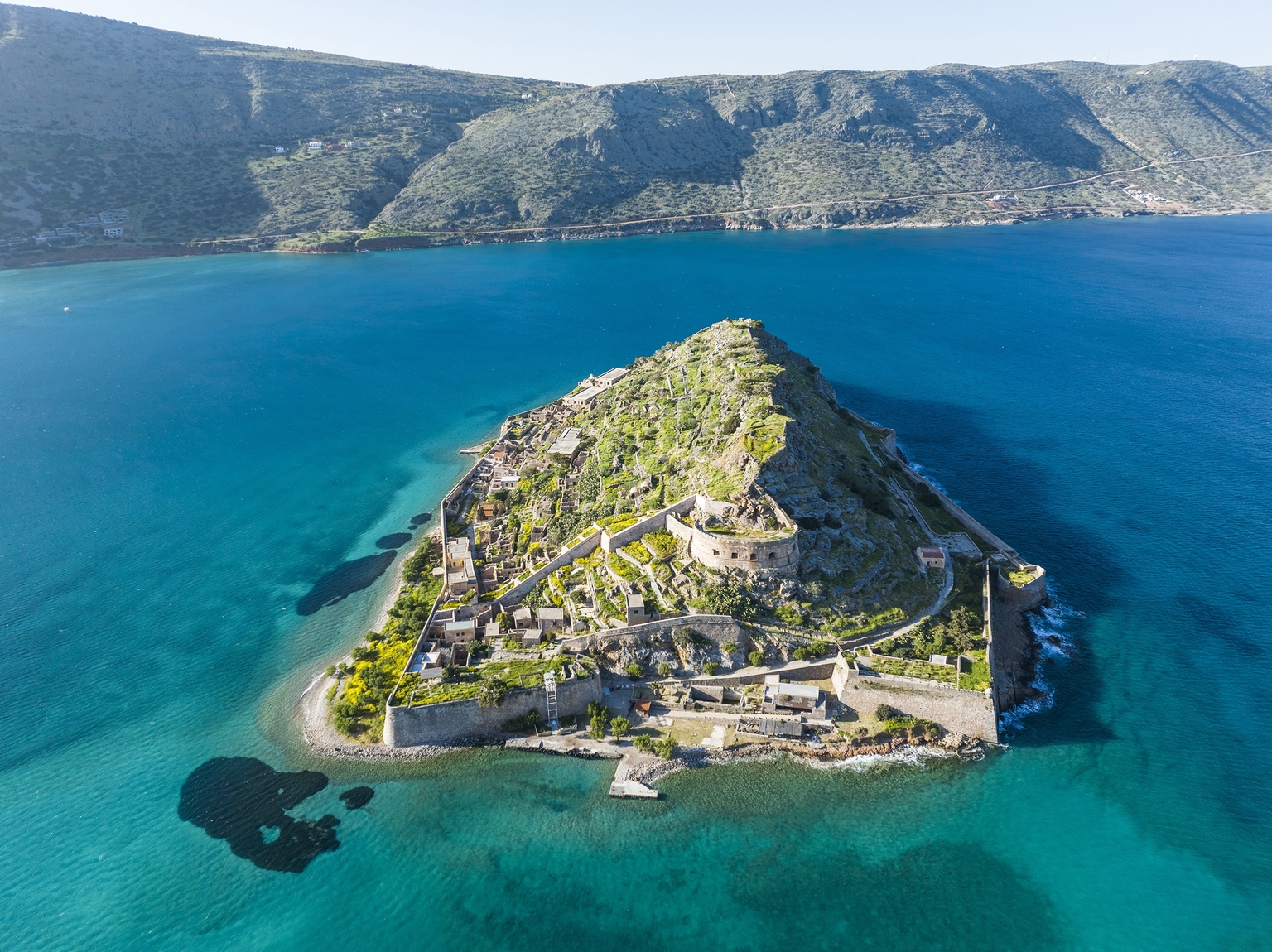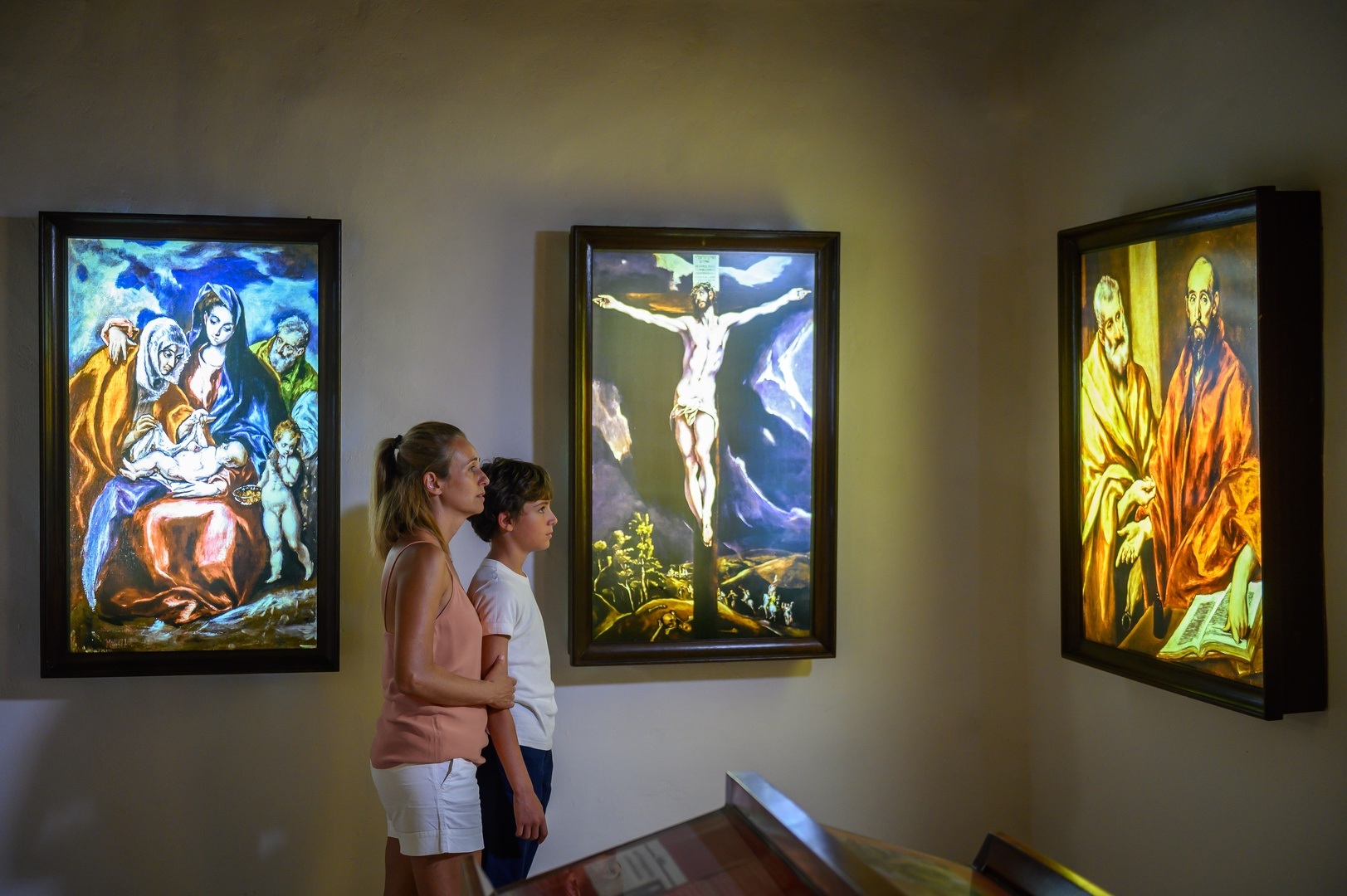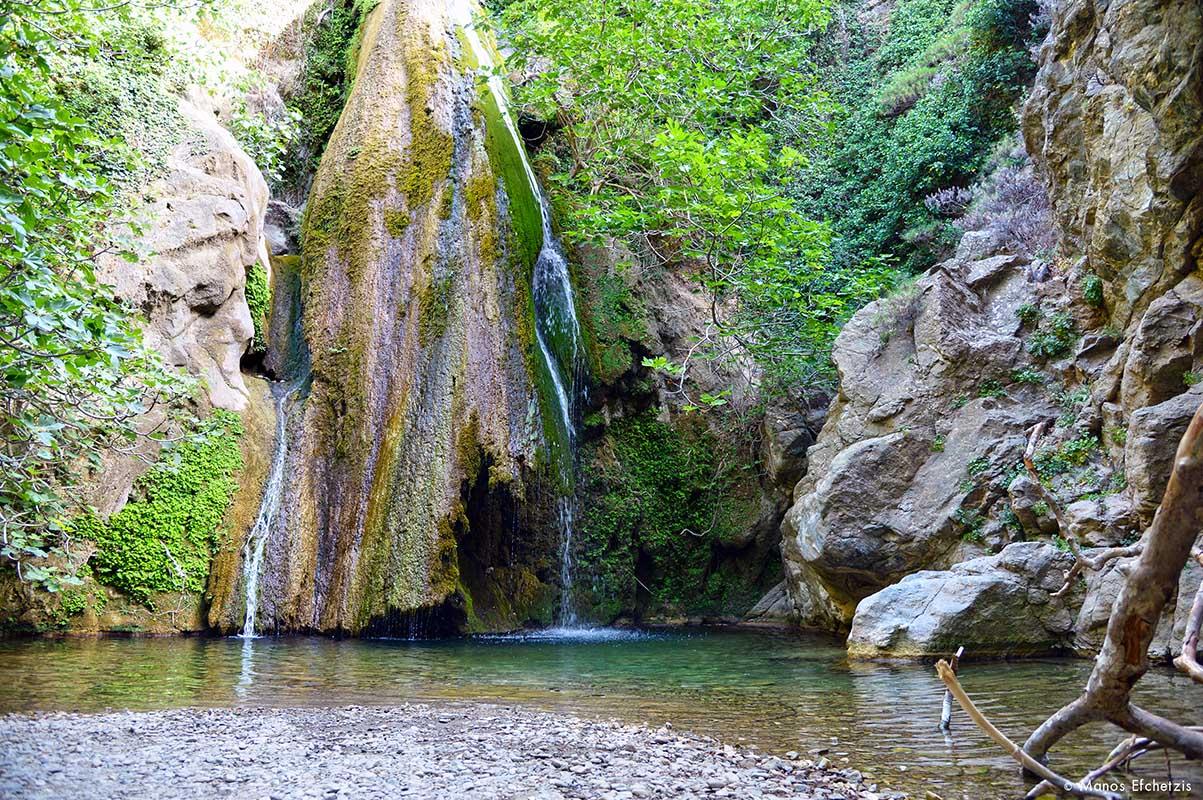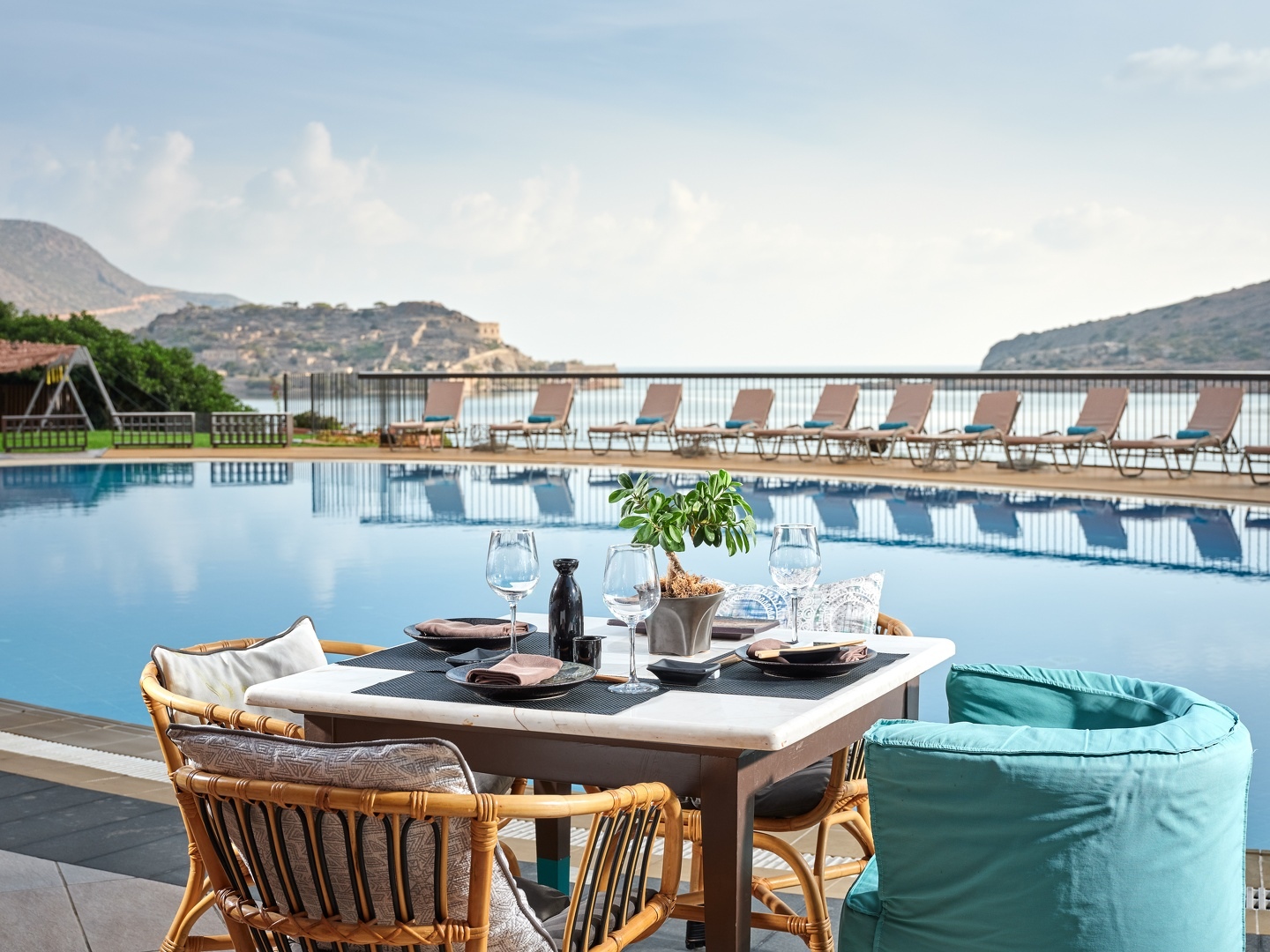Exploring Authentic Crete: A Fifteen-Kilometre Journe
Author Evangelia Kareklaki
Culture
Culture

Kroustas
By Evangelia Kareklaki
The pathway through the villages of Kritsa-Krousta-Prina, nestled within the municipality of Agios Nikolaos in the picturesque province of Merabello, undeniably ranks among my top favourites in Crete. Spanning nearly 15 kilometres, it offers an authentic experience of Crete, imbued with the rich aromas, vibrant hues, and melodic sounds of nature. These locales retain their distinct character and preserve their unique identity. Naturally, encapsulating the essence of such an excursion within a single article is challenging. Nevertheless, I assure you that I will revisit at the earliest opportunity, for this is an expedition that truly merits experiencing firsthand.
Indeed, Kritsa is renowned for its picturesque charm, boasting numerous cobbled alleys that wind amphitheatrically at the base of Kastellos, just a short distance from the town of Agios Nikolaos. Its fame extends even to the prestigious Cannes International Film Festival, thanks to the iconic film ‘Christ Recrucified’. However, these details are readily available on Google.
Allow me to share with you information about the Women's Cooperative of Kritsa, renowned for its excellence in crafting local products. Situated at the entrance of the village, as you approach from Agios Nikolaos, two things beckoned me there: the enticing aromas of freshly baked pastries and the infectious sounds of laughter.
Unacquainted to them and unexpected in my arrival, I stumbled upon twelve remarkable women of the Cooperative, each donning a distinctive cap, gathered around a table. There, they were diligently crafting ‘anevata’ biscuits whilst sharing hearty laughter amongst themselves. These women, representing the essence of the village, embody traditional values and the spirit of old-fashioned housewives. Witnessing their camaraderie brought me joy, yet it was the opportunity to sample their creations that truly delighted me.
A trademark of theirs is the indulgent Koumbanies, whether coated in sugar or anointed with honey, exuding the quintessential aroma of Crete. You'll find yourself enamoured with their Koumbanakia, delicately dipped in honey, the savoury pies, the artisanal jams, the traditional pasta, and, of course, the irresistible xerotigana. I must confess, upon receiving a box, temptation got the better of me, and on our journey, we devoured almost everything. It was exactly as I had hoped: delightfully crispy and drenched in honey.
Leaving Kritsa behind, we continued towards Kroustas. Nestled between the two villages lies a verdant path spanning four kilometres. What captivates me most about Kroustas are its grandmothers. Many are widows of many years. Clad in traditional black attire, often found alone or in the company of friends, they engage in various activities like knitting, sweeping, or engaging in lively conversations as they watch passers-by and visitors while cracking open their almonds and walnuts.
Kroustas holds a special place among the villages of Crete. A stroll through Tourkises (the ‘Turkish women’), a part of the Kroustas forest, is truly enlightening. As you wander through the village's alleys, adorned with whitewashed courtyards and blooming flowers, you'll encounter stunning natural pergolas crafted from vibrant climbing plants in hues of burgundy and red. Along the village's main road, the mulberry trees create natural arched bridges, adding to the village's allure.
In Kroustas, visitors will discover charming spots to enjoy food and drink. The culinary offerings are meticulously prepared and certainly worth sampling. Xatheri comes highly recommended based on my personal experience. The establishment is well-maintained and boasts an impressive selection of wines. Of course, raki takes centre stage. Before concluding, I must mention Stavrakaki Taverna situated at the village entrance, renowned for its traditional cuisine and exceptional dishes. It comes highly praised by many.
I embarked on the Kroustas-Prina route for the first time on Saturday 30th March, and I must admit, I was absolutely thrilled. A captivating journey spanning ten kilometres, surrounded by nature in its finest form. Throughout the entire route, we didn't encounter another car. Transitioning from olive groves and vineyards to almond trees, we found ourselves amidst a serene pine forest. Our journey was serenaded by the melodic chirping of birds and the gentle tinkling of sheep bells. Along the way, we spotted several beehives, while inhaling the crisp air and the fragrances of countless herbs. With mountains, pine trees, and the sea in the distance, it was a truly enchanting experience.
Arriving in Prina, a village of just 45 inhabitants, around noon, one shouldn't anticipate traffic or noise. The first greeting came from the Chapel of the Holy Cross, which commands a small hill at the village entrance. As we ventured further into the heart of the village, we stumbled upon Kalyva Café, offering a panoramic view. A family-run establishment spanning generations, from grandfather to son and now grandson. The current owner, Vasilis, has infused the café with his own personal touch. Here, you can enjoy fine meze and vegetables sourced directly from their farm. The star attractions of the café are undoubtedly the pies and cheese pies crafted by Kleanthi, Vasilis's mother. If your journey leads you to these parts, do not hesitate to pause and savour the delights of Kalyva Café.


